Loop Hero on PC
The idea for Loop Hero came about when studio Four Quarters thought about whether it could still make an interesting game by taking away control from the player. The idea of sending a player character out into a terrifying world filled with monstrosities with no way to affect what goes on in a battle is frightening but ultimately serves as the main conceit in Steam’s latest indie hit.
There is no control in Loop Hero. There is only the endless cycle of death and combat, with no clear way out.
Part deck-building strategy game, part rogue-lite RPG, there’s nothing quite like Loop Hero. The main gameplay loop (ha) centers around you sending out your hero on a journey to fight enemies and gather resources to upgrade your campsite.
Map layouts are procedurally generated with each expedition, but the road always forms a closed loop. The hero starts at camp, then begins walking around the road until they return to camp, and then the loop starts again. Along the way, you’ll fight slimes, which have the chance to drop gear and resource cards for you.
Cards make up one important half of the game; at any point in time, you can pause the loop to study your cards, then place them down on the map whether it’s to the side or along the loop itself. These cards can provide benefits, such as Meadows allowing you to restore a set amount of HP with each passing day, or Rocks and Mountains that increase your max HP.
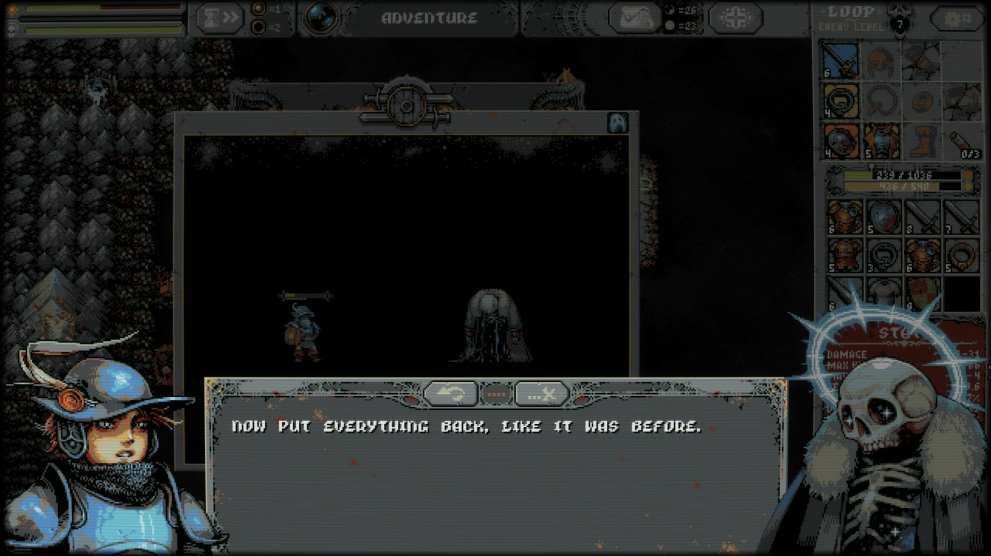
You also have enemy cards, which spawn new types of enemies along the loop each day. This sounds counter-intuitive; after all, why would you want to spawn tougher enemies to make things harder on yourself? The answer is, slimes are the trashiest enemies in the game and don’t drop a lot of good gear, and as you complete more loops, enemies level up and get tougher.
Going beyond that, just placing down beneficial cards will fill up a boss meter that spawns a terrifying boss enemy once the meter’s maxed out, and if you’re just fighting green slimes, you’ll never be powerful enough to beat the boss.
By placing down enemy cards, yes the enemies are a little tougher, but you also get better drops from them, which make the hero even more powerful and well-equipped to beat the boss and progress.
As expected from any good deck-building game, there’s so much strategy that goes into card placement as well. Groves will reward you with wood whenever you pass through them, but will spawn a ratwolf each day. When you put down a Grove card, you can also put down the Blood Grove card adjacent to it, which causes all enemies to instantly die when they fall below 15%.
Ratwolves aren’t so threatening that you need the security of the Blood Grove to deal with them, but if you have a Vampire’s Mansion and a Ransacked Village within the Blood Grove’s AoE, suddenly those large mob fights become much easier to handle.

As if the card placement strategy wasn’t in-depth enough already in Loop Hero, there are also three different classes to play around with, and all three offer up vastly different play styles. The Warrior is tanky and is great at countering enemies and using Vampirism to regenerate HP, while the Rogue focuses on attack speed and evasion to take down enemies quickly.
My favorite class has to be the Necromancer, though. This class doesn’t attack enemies directly and instead summons hordes of skeletons to do the dirty work for them. As soon as I unlocked the Necromancer, I focused on building up shields and regen so that I’d never had to worry about health, and with my skeletons absorbing all the hits for me, I felt nigh unstoppable.
It was at this point that I’d decided that maybe not having control over the hero wasn’t such a bad thing after all. My Necromancer had gotten so powerful that I could literally take my hands off the keyboard and just let the hero loop.
As you continue looping in an expedition, you’ll eventually reach a point where you have to make some tough decisions. You could push on a little more to summon the boss and try your luck if you’re confident in your build, or you could retreat and keep all the resources you’ve gathered. Retreating at the end of a loop lets you keep everything while retreating when away from camp lets you keep 60%. Die in combat, however, and you’ll only keep 30%.
This is where Loop Hero really starts to get you. As the loop count gets higher, enemies become more deadly, but the loot drops also get better. But then the stakes get higher as well, as you know that overextending your stay in an expedition could easily cost you most of your resources, leaving you unable to build or upgrade anything back at camp.
In fact, if you play this game slowly and safely, you can get a lot of resources very quickly and upgrade your camp at a decent pace. But the game always manages to tempt you with more loot, more resources, eliciting that feeling of “just one more loop”. And another. And another. Until you eventually fall prey to your own greed and die with nothing to show for it.
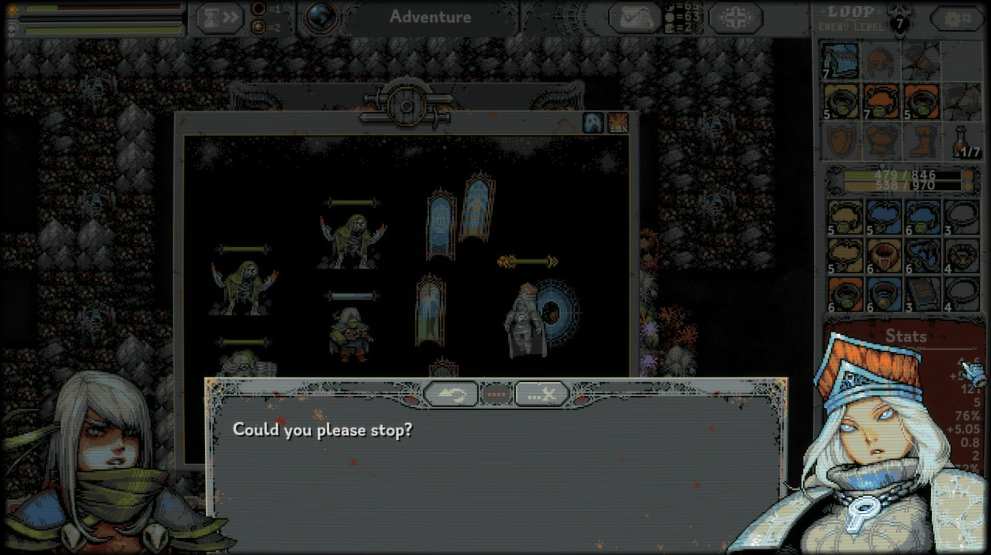
The main story feeds in well to this concept of endless cycles as well, as your hero begins their journey after the world has seemingly ended. You see visions of a Lich destroying the world, but when you wake up in darkness, you find that you have the power to rebuild it slowly. Your hero falls under the impression that if they can defeat these dark forces, the world can be restored.
The eerie gothic horror aesthetic and pulsating soundtrack are what make up the heart of Loop Hero. The characters constantly lament their plight and wonder if literally going around in circles is ever going to change anything. The bosses get surprisingly existential as well when they finally introduce the concept of god willingly destroying his creations in the second act, further hammering home the point that you have absolutely no control in this world. What chance do you have of defeating a being as all-powerful as a god?
I found myself strangely invested in this simple tale of hopelessness, believing that there had to be meaning to the hero’s struggle and tireless, countless attempts at rebuilding the world, looping over and over, even as the world constantly got erased and reset. It’s extremely compelling and dangerously addictive; you start an expedition, you fight, gain resources, go back to camp, reset. Then you do it again. It’s hypnotic. After a while, it feels like nothing else exists outside of the loop, and you’re content to stay in it.
As excellent as Loop Hero is, however, there is one flaw that drags the game down quite a bit. There are quite a few stats to keep track of in the game, and so many card descriptions to read so that you can make sense of them and learn how to use them effectively.
However, the descriptions and wording are frustratingly confusing and weirdly worded at times, making it difficult to determine exactly what a specific stat or card does. For instance, the magic damage stat is never explained until you unlock an Encyclopedia function in the middle of the game. Until then, you kinda just assume that it’s either a flat damage increase or that it’s more effective against a specific type of enemy.
Some traits are poorly worded, and it’s hard to figure out exactly what the game means by healing up when you pass a tile with adjacent roadside tiles. The UI could definitely use some improvements as well, especially back at camp, where it’s not immediately clear where you can upgrade existing buildings and structures.
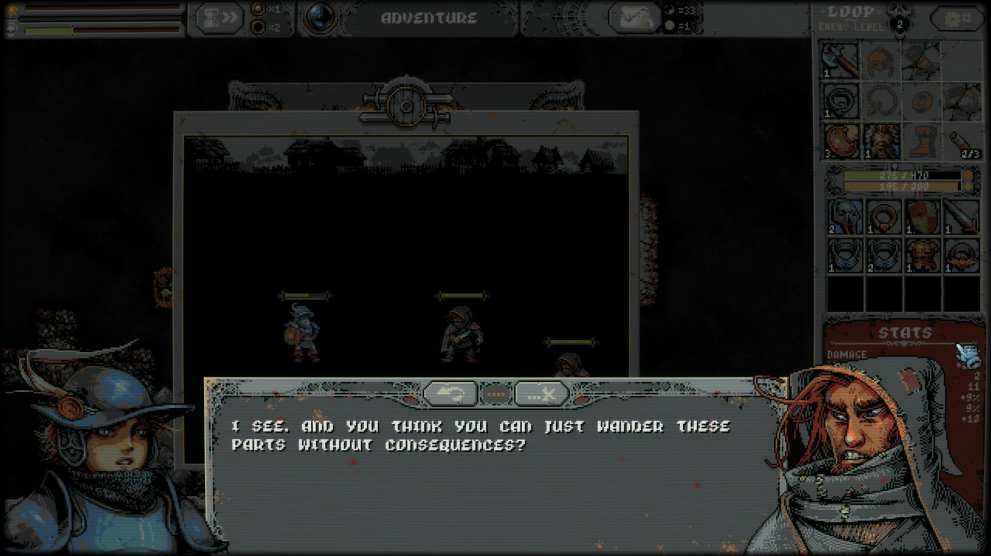
These nitpicks all pale in comparison to the greatness of Loop Hero, though, and they’re not nearly enough to stop me from pouring another 20 or so hours into the game.
Loop Hero is yet another stunning gem that fans of the rogue-lite genre will enjoy. It’s a blend of so many different types of games that it becomes a completely unique entity on its own, and it’s hard to think of anything else that offers an experience quite like this one. It’s a game that forces you to trust in your own decisions, commit to them, and either reap the rewards or face the consequences. There’s no control, and that’s the beauty of this game.
- Very compelling loop that consists of strategic, in-depth deck-building mechanics and card placement.
- The three classes on offer here provide fresh and interesting play styles.
- The soundtrack is a banger.
- The story is surprisingly compelling, too.
- Card, stat, and trait descriptions are sometimes poorly worded, leading to a lack of understand of what something does.

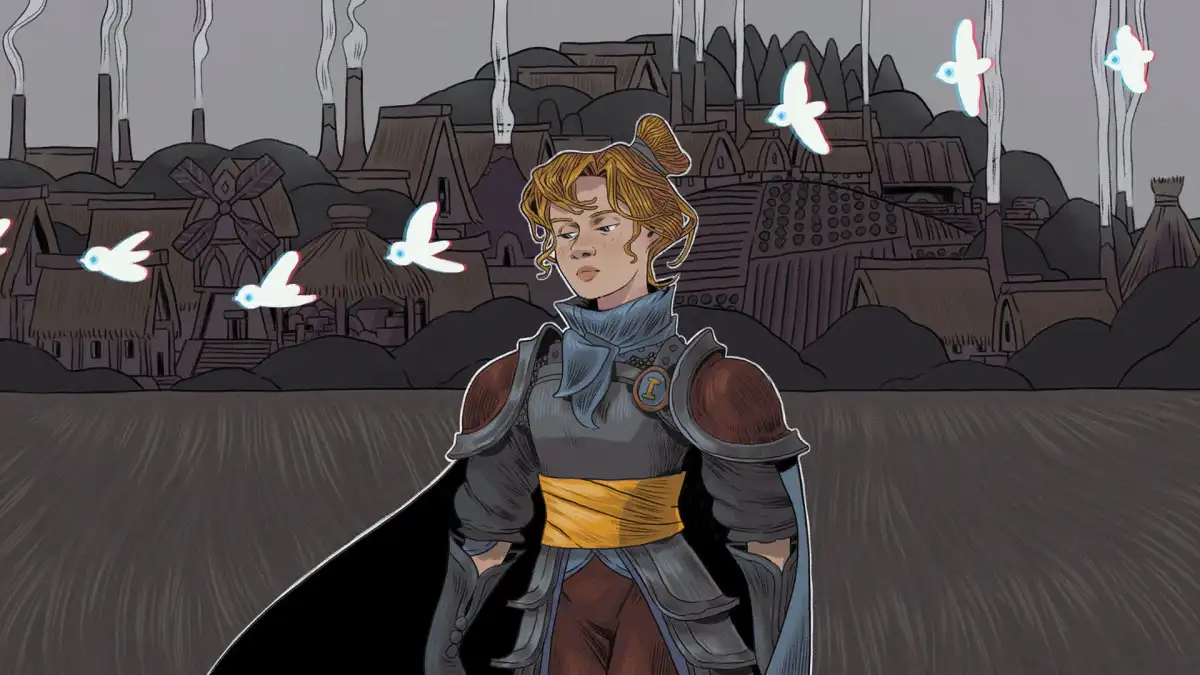










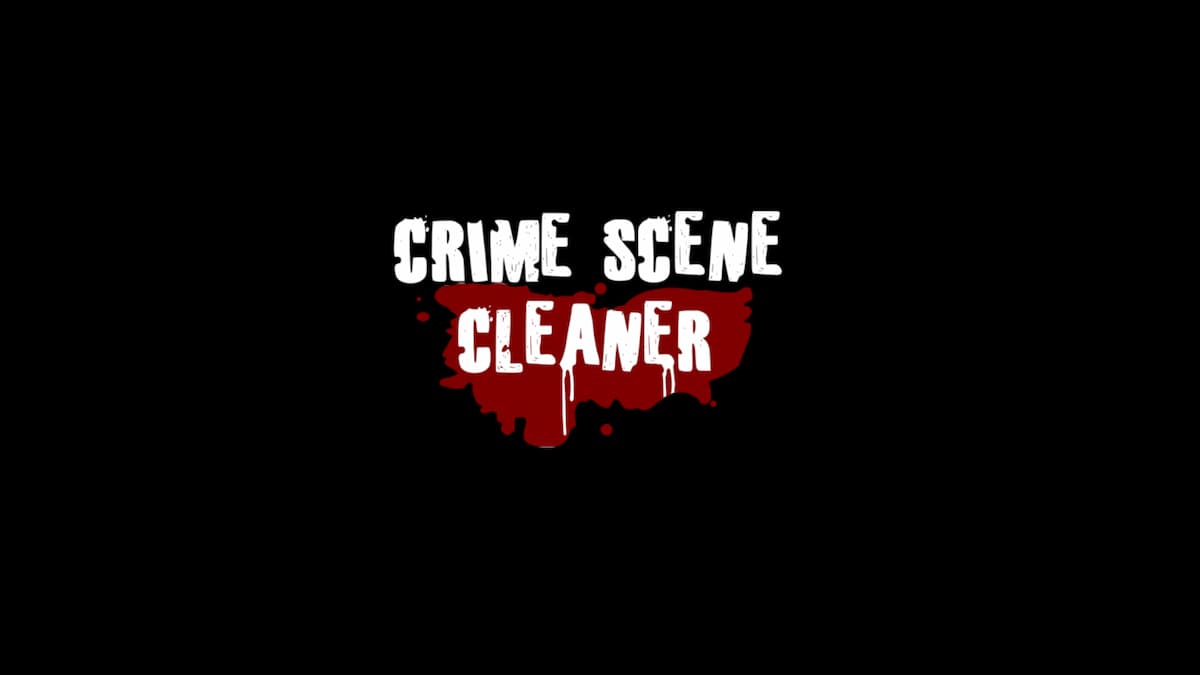
Updated: Apr 2, 2021 02:35 pm